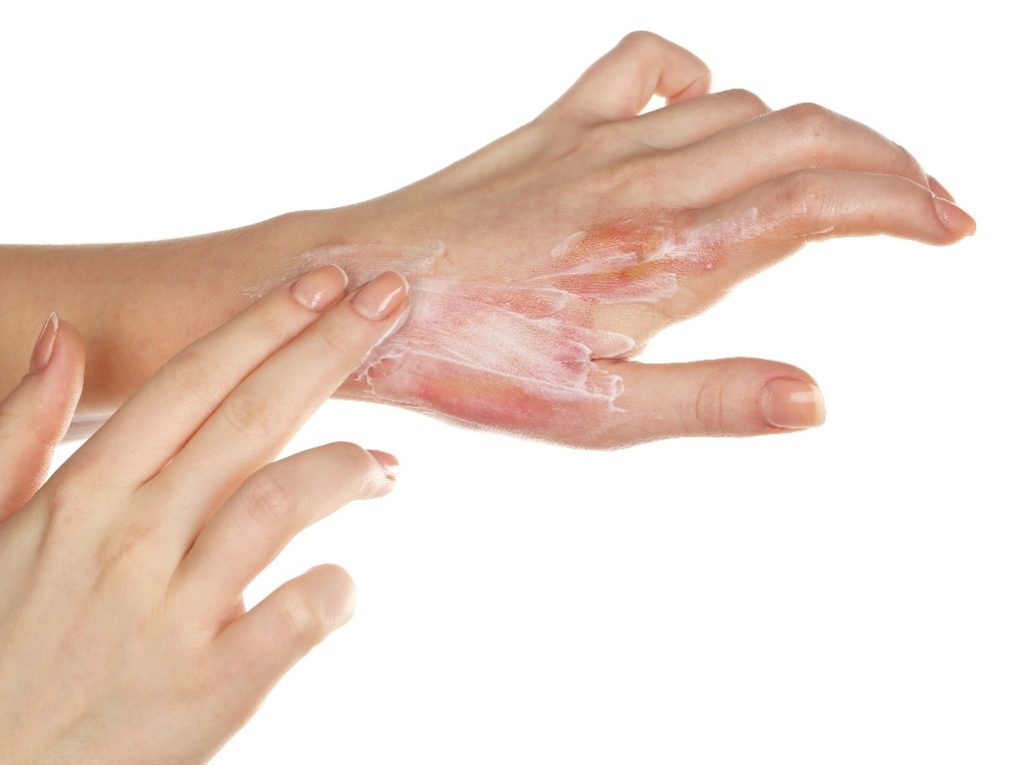Is Candle Wax Good for Your Skin: The Truth Unveiled
Yes, candle wax has skin benefits, but it is risky. While some belief using candle wax on the skin can have beneficial effects, little scientific evidence supports these claims. For example, using candle wax on the skin can be risky, as it can cause burns, skin irritation, infections, clogged pores, and other problems.


Some types of wax, such as beeswax, contain natural moisturizing properties that may help soften and nourish the skin. However, many other products are specifically formulated to provide these benefits without the potential risks of using candle wax on the skin.
Benefits of Candle Wax for Skin
Candle wax has been used for centuries in various beauty treatments; while some may be skeptical of using it on their skin, it has many benefits. Below are some of the benefits of candle wax for the skin:
Moisturizing Properties
One of the most significant benefits of using candle wax on the skin is its moisturizing properties. Candle wax, especially paraffin wax, adds moisture to the skin and boosts moisture levels even after the treatment. It can also help open pores and remove dead skin cells, leaving the skin feeling soft and smooth.
Anti-inflammatory Properties
Certain types of candle wax, such as beeswax and soy wax, have anti-inflammatory properties that can help soothe irritated skin. In addition, Beeswax contains natural anti-inflammatory compounds that can help reduce redness and inflammation. At the same time, soy wax has been found to reduce inflammation caused by acne and other skin conditions.
Antibacterial Properties
Candle wax, particularly beeswax, has antibacterial properties that can help fight off harmful bacteria that can cause acne and other skin infections, according to Dr. Axe. Beeswax contains a natural substance called propolis, which has been found to have antimicrobial properties that can help keep the skin clean and healthy.
Types of Candle Wax
When it comes to candle wax, there are several types to choose from. Each type has its unique properties and benefits; the three most common types of candle wax:
Soy Wax
Soy wax is made from soybeans and is a natural, renewable resource. It is a popular choice for candles because it burns cleanly and slowly. Soy wax also has a lower melting point than other waxes, which means it can be used to make container candles. Soy wax candles are also known for their strong scent throw, making them a great choice for aromatherapy candles.
Beeswax
Beeswax is a natural wax produced by honeybees, with a subtle honey scent and a beautiful golden color. Beeswax candles burn cleanly and emit negative ions, which can help to purify the air. Beeswax candles are also known for their long burn time, making them a great choice for those wanting to get the most out of them.


Paraffin Wax
Paraffin wax is a byproduct of petroleum. It is the most common type of candle wax known for its affordability and versatility. Paraffin wax candles burn brightly and have a high scent throw. However, paraffin wax is unnatural and can emit harmful chemicals when burned. If you are concerned about the environment or your health, consider using a different type of wax.
When choosing a type of candle wax, it’s important to consider your needs and preferences. For example, whether you’re looking for a natural wax, a strong scent throw, or an affordable option, a type of candle wax will meet your needs.
Potential Risks of Using Candle Wax on Skin
Skin Irritation
While candle wax may seem harmless, it can cause skin irritation in some people because it is made from petroleum products, which can clog pores and lead to breakouts. Additionally, some candles may contain fragrance oils or dyes that can further irritate the skin.
If you decide to use candle wax on your skin, it’s important to test a small area first to see how your skin reacts. For example, if you experience redness, itching, or other signs of irritation, it’s best to avoid using candle wax altogether.
Toxic Fumes
Another potential risk of using candle wax on your skin is exposed to toxic fumes. When the candle wax is burned, harmful chemicals such as benzene and toluene can be released into the air. These chemicals can cause respiratory problems and other health issues if inhaled over a long period.
While the amount of these chemicals released by burning a candle is typically very small, it’s still important to be aware of the potential risks. For example, if you have a history of respiratory problems or other health issues, it’s best to avoid using candle wax on your skin altogether.
Burns
Based on experience, using candle wax on the skin can cause burns if it is too hot. When hot wax is applied to the skin, it can cause immediate pain and may result in redness, blisters, or even permanent scarring. To prevent burns when using candle wax on the skin, it is important to ensure the wax is at a safe temperature before applying it. Test the temperature of the wax on a small patch of skin before applying it to a larger area.


Additionally, follow the instructions on the candle wax product carefully to minimize the risk of burns or injury. For example, if you get burned, immediately run the affected area under cool water for 10-15 minutes and seek medical attention if necessary.
Infections
Using candle wax on the skin can also lead to infections if proper hygiene practices are not followed. When applying wax to the skin, it is important to ensure that the skin is clean and free from any dirt or bacteria that may be present on the skin’s surface. Failure to do so may lead to infections, such as bacterial or fungal infections, especially in skin areas prone to sweat and moisture.
To minimize the risk of infection, cleaning the skin thoroughly before applying the wax is important. You can use a gentle cleanser, soap, and warm water to clean the area. Avoid applying wax to skin with cuts, abrasions, or open wounds, as these areas are more prone to infection.
Clogged Pores
Using candle wax on the skin can also lead to clogged pores. When the wax is applied to the skin, it can block the pores and prevent the skin from breathing. This can cause oil and bacteria to build up in the pores, leading to breakouts and other skin problems.
Ensuring the skin is clean and dry before applying the wax to prevent clogged pores is important. For example, a gentle exfoliating scrub can remove dead skin cells clogging the pores. Additionally, use a waxing product suitable for your skin type and not too heavy or oily.
